The Baja California Peninsula boasts unique desert, marine, and island ecosystems that have given rise to 21 truly endemic species found nowhere else on Earth. From the towering Guadalupe Cypress to the tiny Baja California Desert Pupfish, these organisms illustrate the peninsula’s exceptional biodiversity.

Where: Guadalupe Island
What: Evergreen tree up to 20 m tall with fan-shaped needles.
Why It Matters: Forms the backbone of Guadalupe’s forests; threatened by invasive goats eating seedlings.
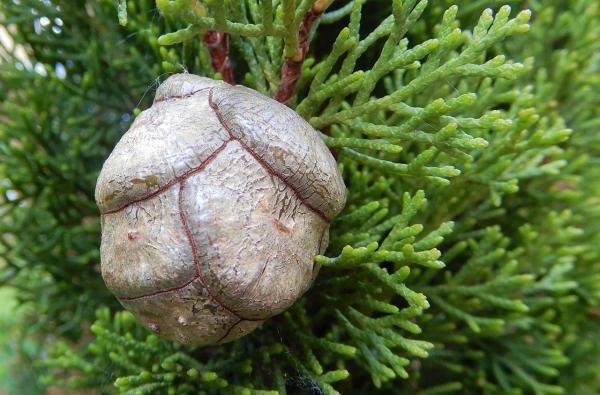
Where: Guadalupe & San Benito Islands
What: Sleek, cavern-dwelling marine mammal feeding on squid, octopus, and small fish.
Conservation: Once hunted for fur; now protected and recovering.
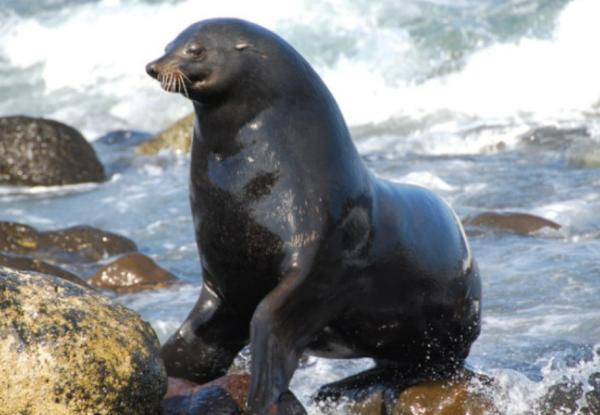
Where: Desert hills and woodlands of the peninsula
What: Gray-brown venomous snake with a distinctive rattle, preying on rodents & lizards.
Role: Natural rodent control in desert ecosystems.
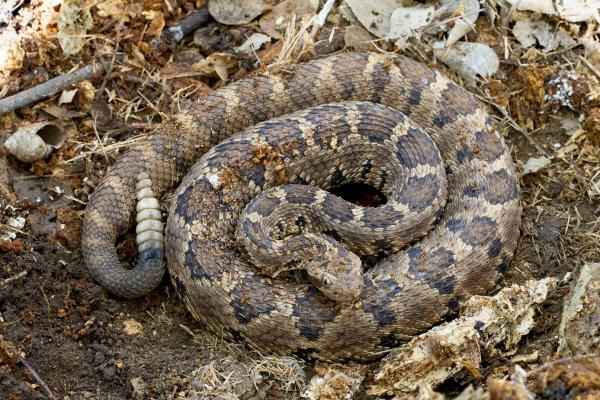
Where: Guadalupe Island
What: Fan-leafed palm bearing edible black fruit; highly drought-tolerant.
Threat: Overgrazing by non-native goats and ornamental harvesting.

Where: Formerly Guadalupe Island
What: Medium-sized raptor once controlling island rodent populations.
Outcome: Extinct in the 20th century due to habitat changes and deliberate eradication.
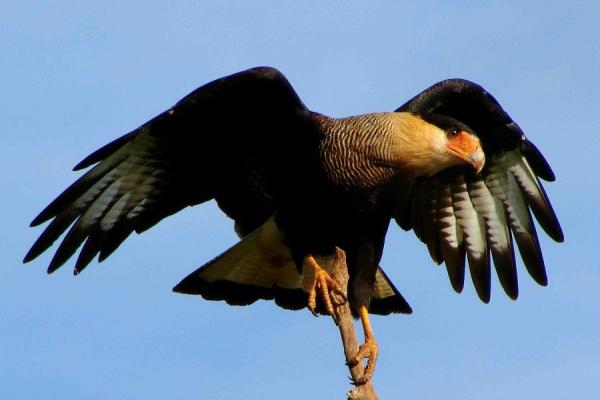
Where: Desert slopes from Southern California into northern Baja
What: Aromatic shrub with white flower spikes used in traditional smudging ceremonies.
Note: Overharvested for spiritual use—calls for sustainable management.
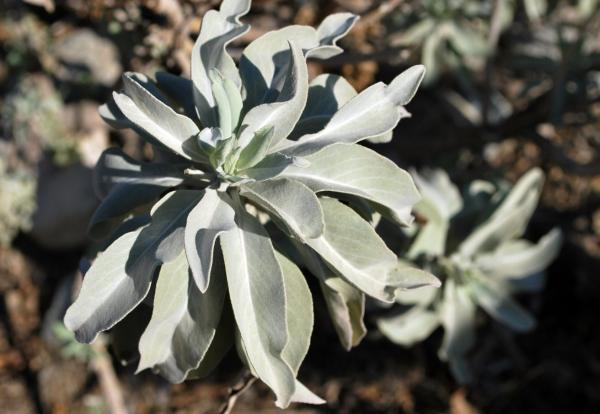
Where: Baja California mountain slopes
What: Deciduous shrub/tree with pink flower clusters, prized in horticulture.
Conservation: Cultivation must avoid wild-harvest pressure.
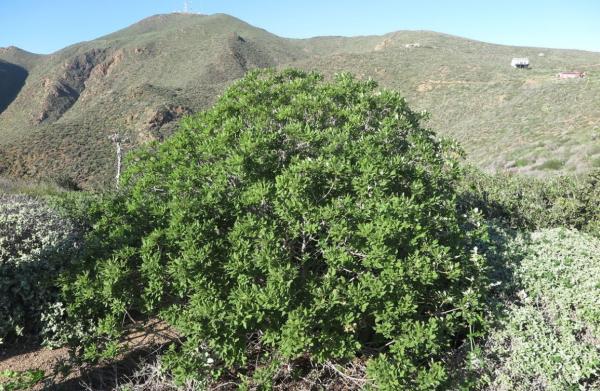
Where: Chaparral and desert scrub throughout the peninsula
What: Rosette of sword-shaped leaves; blooms once with tall white flower stalk.
Cultural Use: Fiber source; edible flowers and fruits.
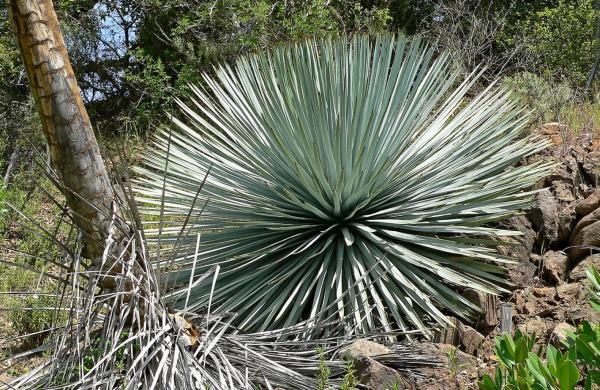
Where: Guadalupe Island
What: Small sparrow with gray back, brown belly; thrives in cypress-pine woodlands.
Status: “Endangered” due to forest degradation.
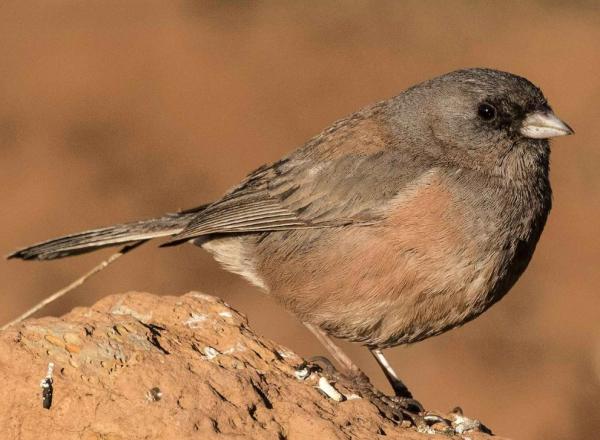
Where: Northwestern desert plains
What: Unique subspecies of pronghorn, can go months without water.
Recovery: Protected reserves have successfully boosted population.

Where: Ángel de la Guarda Island
What: Nocturnal rodent with dense fur, vital for island seed dispersal.
Action: Control of invasive predators and habitat preservation needed.
Where: Mountain streams of the peninsula
What: Stocky, brightly patterned freshwater trout.
Threats: Water diversion and competition with introduced trout.
Where: San Martín Island
What: Island-adapted pack-rat with a bushy tail.
Concern: No confirmed sightings in decades; status urgently needs assessment.
Where: Select mountain ridges
What: Fast-growing pine with clustered needles.
Use: Widely planted for timber; wild populations require protection.
Where: Desert shrublands
What: Yellow mustard-family shrub, important nectar source for pollinators.
Ecological Role: Supports migrating birds and insects.
Where: Rocky slopes and chaparral
What: Evergreen shrub with red, bird-dispersed berries.
Note: Key forage for local bird species.
Where: Guadalupe Island
What: Gray back, brownish belly; builds nests in cypress trees.
Threat: Loss of forest habitat to goats.
Where: Guadalupe Island
What: Smaller, gray-tinted island hare adept at swimming.
Threats: Predation and competition from introduced cats.
Where: Southern peninsula and nearby islets
What: Male has iridescent purple throat; important pollinator of desert flowers.
Conservation: Protect native flowering plants to sustain populations.
Where: Upper Gulf of California
What: Smallest porpoise at ~1.5 m; shy, bay-endemic.
Crisis: Bycatch in gillnets has reduced wild population to fewer than 20 mature individuals—immediate action needed.
Where: Gulf of California
What: Giant croaker, up to 2 m long; prized for its swim bladder.
Threats: Illegal trafficking driven by Chinese “fish maw” market; only a few hundred left.
Control Invasive Herbivores – Remove or fence goats on Guadalupe Island.
Regulate Fishing Gear – Ban harmful nets to save vaquitas and totoabas.
Expand Protected Areas – Create reserves spanning desert, coastal, and island habitats.
Support Community Education – Raise awareness of local endemics’ importance.
Bibliography
Aves México (2015) Birds of Importance for Bird Conservation, Baja California. Available at: http://avesmx.conabio.gob.mx/Mapa.html#
National Commission for the Knowledge and Use of Biodiversity (n.d.) Endemic Species. Available at: https://www.biodiversidad.gob.mx/especies/endemicas
Government of Baja California (n.d.) Fauna. Available at: http://www.baja.gob.mx/estado/Aspectos%20Biologicos/Fauna.htm
Semarnat (2018) Peninsular Pronghorn, Icon of National Conservation. Available at: https://www.gob.mx/semarnat/articulos/berrendo-peninsular-icono-de-la-conservacion-nacional?idiom=es
animal tags:
We created this article in conjunction with AI technology, then made sure it was fact-checked and edited by a Animals Top editor.